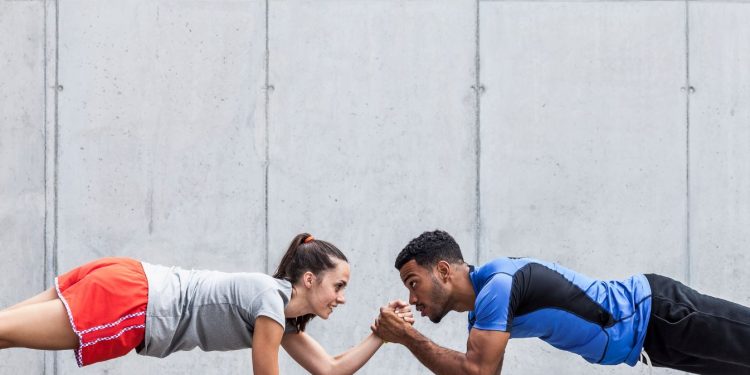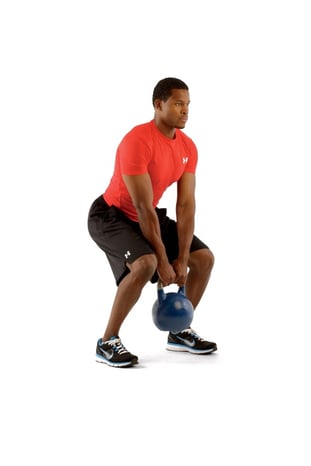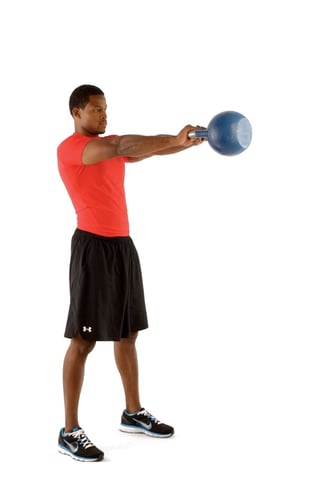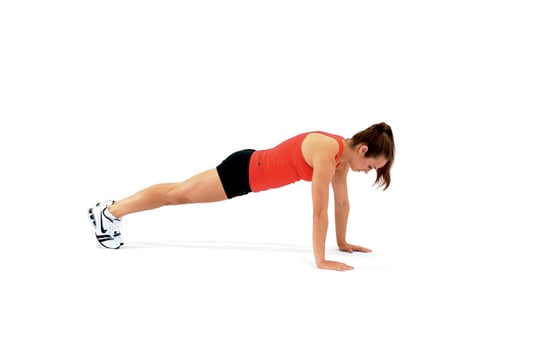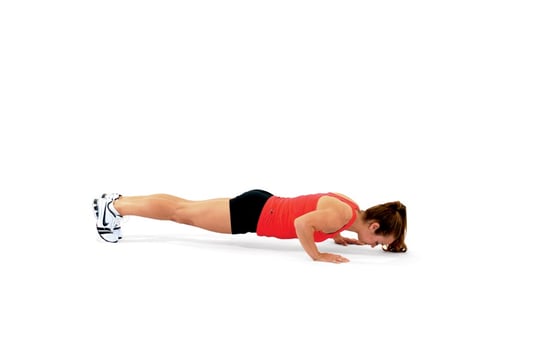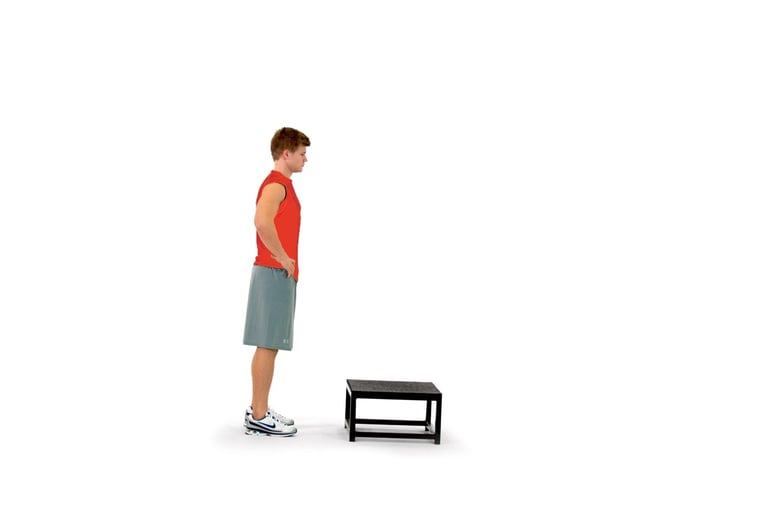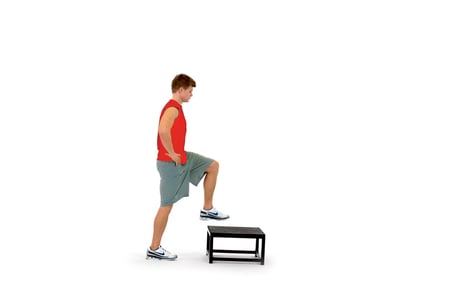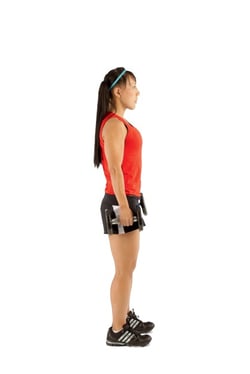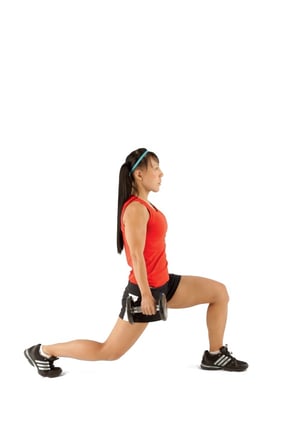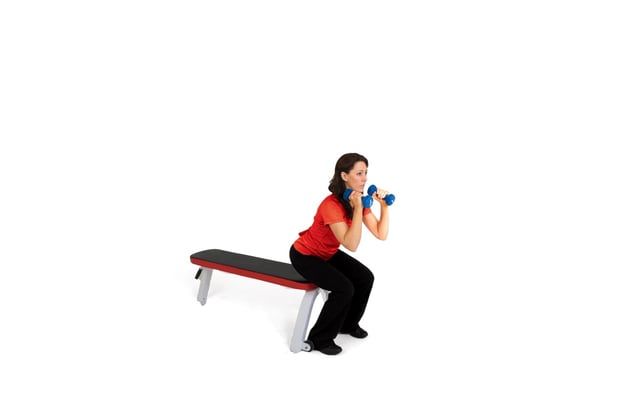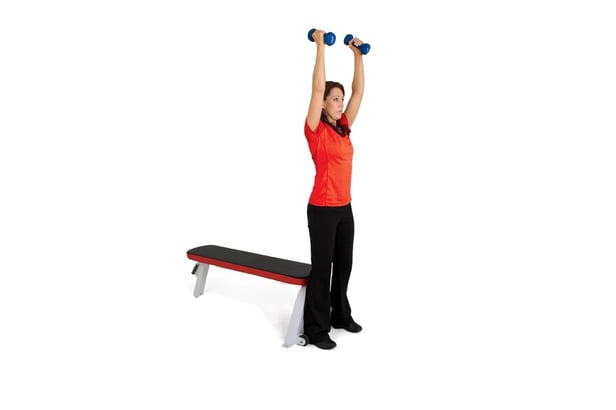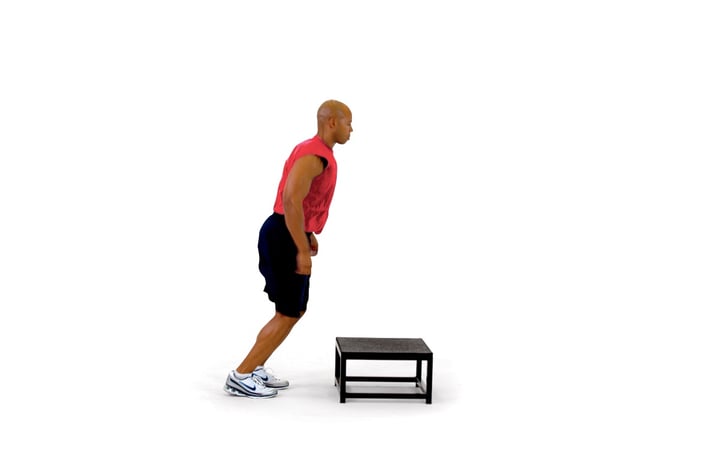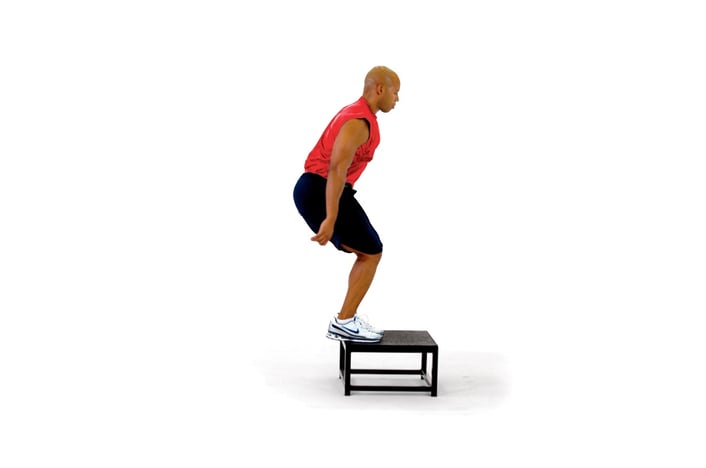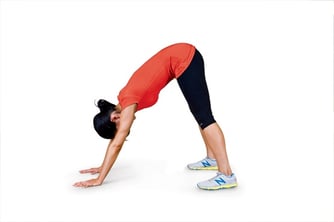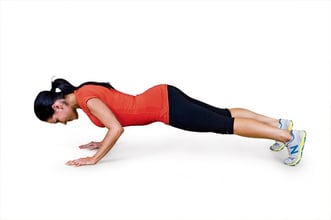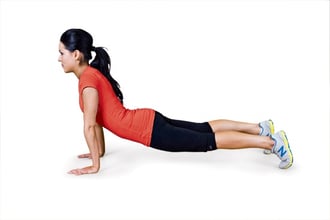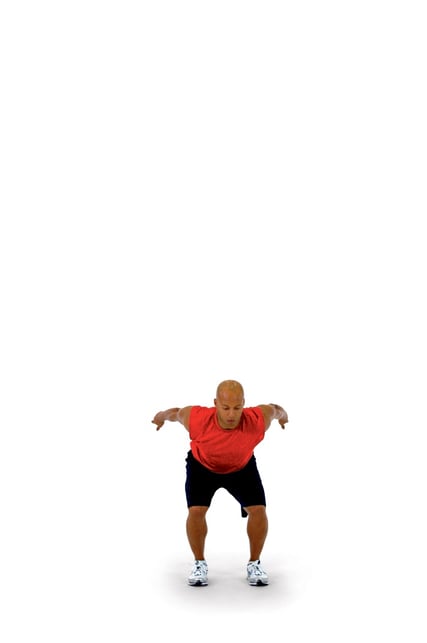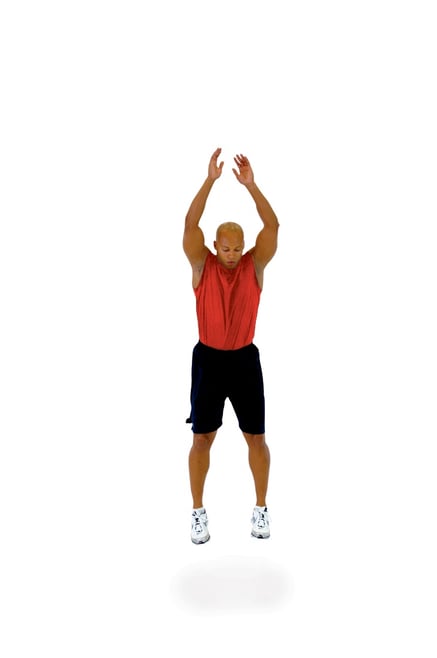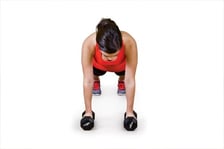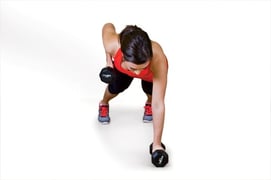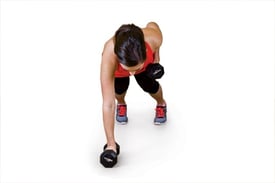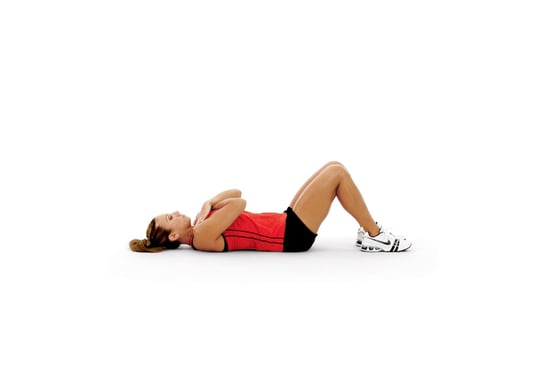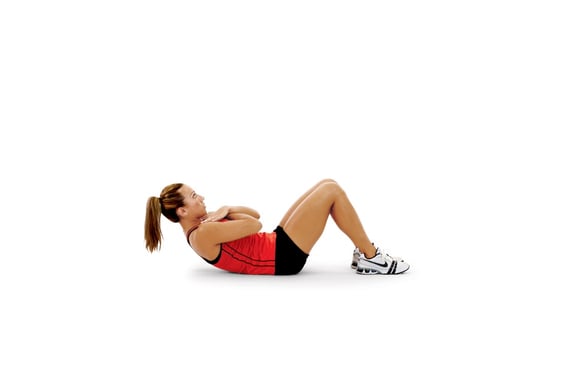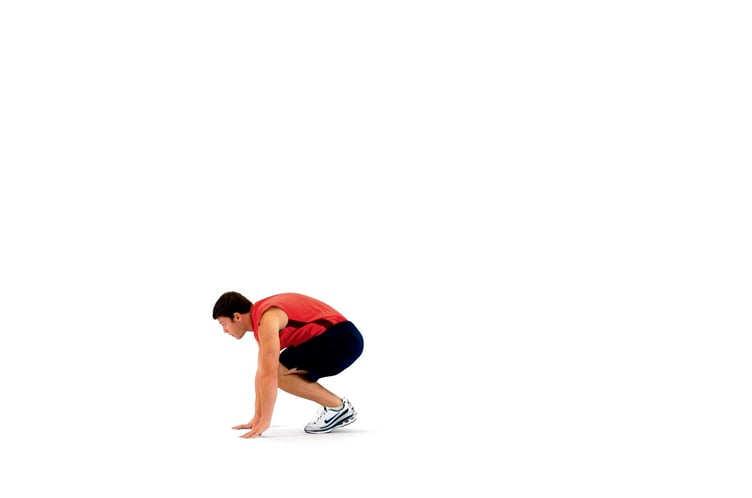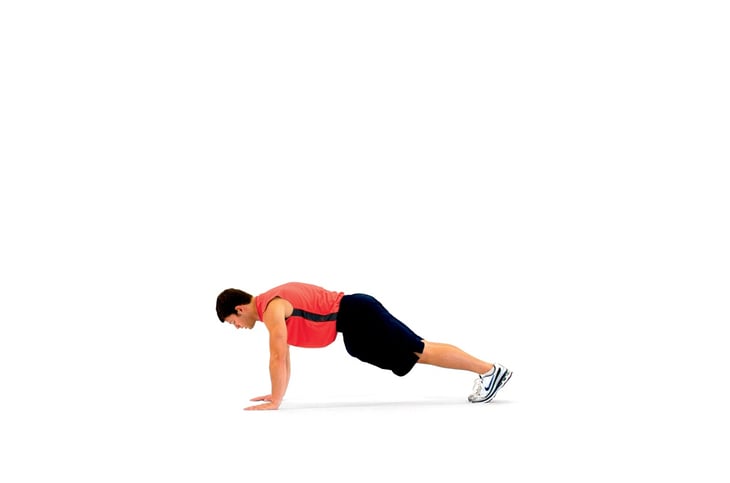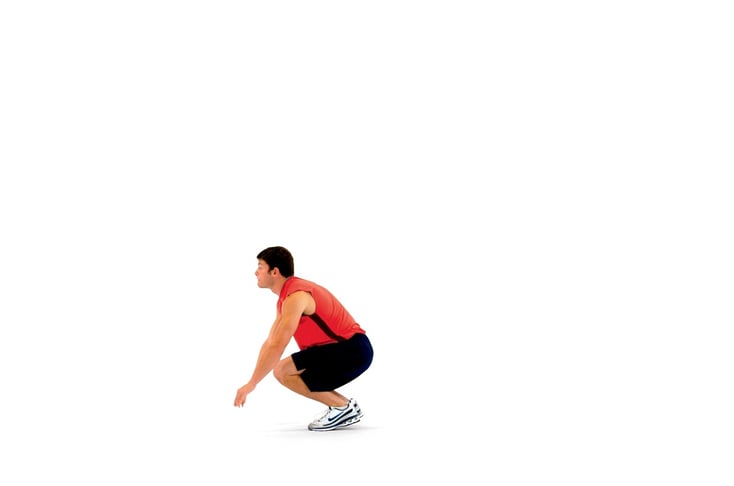Training a bunch of mud runners or workout warriors? We’ve got a plan that works.
Traditional gym work won’t fully prepare your clients for the challenges of the hot new obstacle-course races. These events demand full-body fitness that is less about how much weight you can move and more about how you can move yourself—lessons that lend themselves perfectly to special group training.
Defining the Goal
“These events are all about strength-to-weight ratio—how much power you can produce per pound of body weight so you can push and pull and maneuver yourself up and over the course. You need to train with full-body movements that have synergy between them,” says NASM-PES trainer and adventure racer Joe Vennare, cofounder of Hybrid Athlete (thehybridathlete.com). This circuit is designed with that in mind.
Getting Started
When preparing for an obstacle-course race, it is essential to establish a baseline of fitness before progressing to more specific goals. Training should begin by improving cardiovascular conditioning and total body strength before addressing skills specific to the race. The duration of each phase will vary depending on the needs of each individual. Additionally, the exercises as well as the sets, repetitions, and tempos can be modified to meet the needs of clients at any level of the OPT model.
The Circuit Workout Plan
Completing the following circuit two or three times per week is a great starting point for total body conditioning. Complete 30 seconds of each exercise without rest. Rest one to two minutes at the end of the circuit. Repeat three to five times based on fitness level.
Combining this workout with one or two days of cardiovascular-specific training—such as a sprint/speed workout and a steady-state run at a conversational pace—will help create the type of baseline fitness required.
1 Kettlebell Swing
HOW TO DO IT
A) Hold a kettlebell with both hands. Keep arms straight and feet about
30 inches apart. Keeping back straight, squat, pressing hips way back, and swing kettlebell between legs and behind hips.
B) Stand up by pressing hips forward, and swing the weight to chest height. Repeat.
2 Push-up
HOW TO DO IT
A) Start on hands and toes, with legs extended so the body forms a straight line from head to feet. Hands should be in line with shoulders.
B) Bend elbows and slowly lower torso toward the floor. Stop when shoulders are in line with elbows. Then push up. Repeat.
3 Step-up
HOW TO DO IT
A) Stand facing a bench or high step (about 12 to 18 inches), with arms at sides.
B Step onto the bench with left leg and press into that leg, coming to a standing position on the step. Tap right foot on the step next to the left leg, then immediately step back down. Repeat, alternating sides.
4 Alternating Lunge
HOW TO DO IT
A) Stand with feet hip-width apart, holding weights at sides.
B) Take a giant step back with right leg, bending both legs until left thigh is parallel with the floor and right leg is extended with knee slightly bent and almost touching the floor. Keep the back straight and left knee behind the toes. Press back to start. Repeat with the opposite leg.
5 Dumbbell Thruster
HOW TO DO IT
A) Stand with feet shoulder-width apart, holding a pair of dumbbells next to shoulders. Next, squat, so thighs are parallel to the floor.
B Return to standing, pressing the dumbbells overhead at the top of the move. Then lower them back to the shoulders. Repeat.
6 Box Jump
HOW TO DO IT
A Stand in front of a stable platform about 12 to 18 inches high. Squat down, swinging arms back.
B In one explosive move, swing arms forward, spring up, and land on the box with soft knees. Stabilize and hop down. Repeat.
7 Dive Bomber Push-up
HOW TO DO IT
A) Begin with hands and feet on the floor and hips raised, so that the body forms an upside-down V.
B) Bend elbows and lower shoulders toward the floor.
C) Then glide chest forward, bringing it between the hands and up toward the ceiling. Reverse the move, bringing hips back toward the ceiling. Repeat.
8 Jump Squat
HOW TO DO IT
A) Start with feet shoulder-width apart, arms at sides. Then sit back into a squat, lowering hips until thighs are parallel with the floor.
B) Jump up explosively while reaching for the ceiling. Land gently, hold, and immediately lower into another squat.
9 Dumbbell Plank Row
HOW TO DO IT
A) Assume a plank position with hands holding the handles of two dumbbells.
B) Row the right dumbbell to the rib cage, while maintaining a steady plank. Lower it back to the floor.
C) Repeat on the opposite side.
10 Sit-up
HOW TO DO IT
A) Lie on back with feet resting flat on the floor, knees bent at about 90 degrees, hands across chest.
B) Tuck chin toward chest, contract abdominals, and roll up, bringing chest toward knees until body is about 45 degrees from the floor. Then roll back down. Repeat.
11 Burpee
HOW TO DO IT
A) Bend knees and place hands on the floor, slightly wider than shoulder-width apart.
B) Extend legs backward until hips and knees are in line. Draw in the navel and squeeze the butt muscles.
C) Quickly pull knees to chest; stand up straight. Repeat.
Taking It to the Next Level
After two to four weeks of circuit-based training, it may be time to focus on more specific skills required as part of an obstacle-course race. Grip strength, rope climbs, and hill sprints are advanced training methods that can be introduced into a training program for individuals who have displayed a physical ability that would allow them to take on more intense and challenging training sessions. Build up baseline fitness through the OPT model before progressing to event-specific skills.
Meet Our Expert
Vennare is the co-founder of Hybrid Athlete (thehybridathlete.com), an online fitness resource. As co-creator of programs such as Kettlebell Cardio and Race Day Domination, he's lead instructor training workshops for these nationally recognized fitness programs. Vennare has also been a sponsored endurance athlete competing in triathlons, ultra-marathons, and adventure racing. Check out his latest venture, Fitt.Co that helps more than 2M users discover health and fitness resources in their community.

